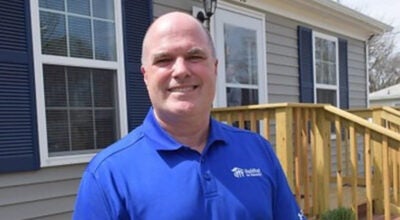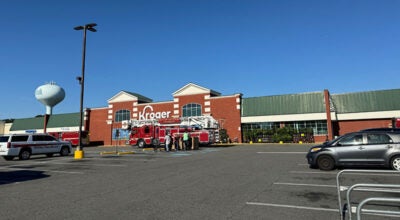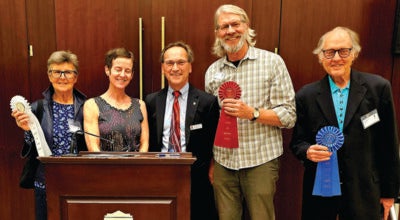Potential new 460 plan revealed
Published 9:47 pm Monday, January 12, 2015
Virginia Department of Transportation officials are set to brief the Commonwealth Transportation Board on Tuesday on a radically different plan to improve U.S. Route 460 than their previous one.
In a conference call with reporters on Monday, state Transportation Secretary Aubrey Layne said improving 17 miles of the 55-mile road between Suffolk and Petersburg has been identified as a “potential recommended preferred alternative that appears to be the least environmentally damaging, practicable alternative.”
It would involve a new four-lane divided highway from the Suffolk Bypass to west of Windsor, with a new bypass to the north of Windsor.
Thereafter, the existing road would be upgraded to just west of Zuni, including a new bridge across the Blackwater River.
The total distance is 17 miles, and the estimated cost would be between $375 million and $425 million.
“The recommended configuration doesn’t appear to lend itself to tolling, but an official recommendation has not been made,” Layne said.
Early 2014, environmental concerns prompted the McAuliffe administration to halt what was a $1.4 billion plan for a four-lane, limited-access divided toll road alongside the existing 460.
A design-build contract had been signed with a private consortium, but there was no actual construction despite U.S. 460 Mobility Partners receiving almost $300 million from the commonwealth and bond sales.
VDOT was instructed to update the evaluation of potential design alternatives and subsequently briefed the public on five build alternatives. Three public hearings were held, with more than 520 comments received, according to officials.
State transportation officials say they have been working closely with the Federal Highway Administration and the U.S. Army Corps of Engineers, whose Norfolk district had repeatedly told VDOT it would be unable to issue a permit for the previous alternative due to the large impact it would have on wetlands.
According to VDOT, the new plan would impact 52 acres of wetlands — about 420 fewer acres than the previous one — and displace 22 properties.
The crash rate compared to the current road would be 41 percent lower by separating local and regional traffic, and evacuation capacity would rise from the current 4,800 vehicles per hour to 13,400 vehicles per hour.
How Mobility Partners reacts could be critical to whether the project advances, according to Layne. If its deal with the state falls apart, the state may end up paying out bondholders, and the road may not be built.
“The state of Virginia will be living up to its obligations,” Layne said.
He said he would take no options off the table, “nor am I committing to any options.”
Transportation board members first need to approve the proposal, Layne said, and VDOT would then “assess what it needs to do to continue the permitting process.”
“I’m sure that will be a robust discussion at the Commonwealth Transportation Board level,” he said.
“I would suspect in the next 30 days or so we would have a path forward.”






